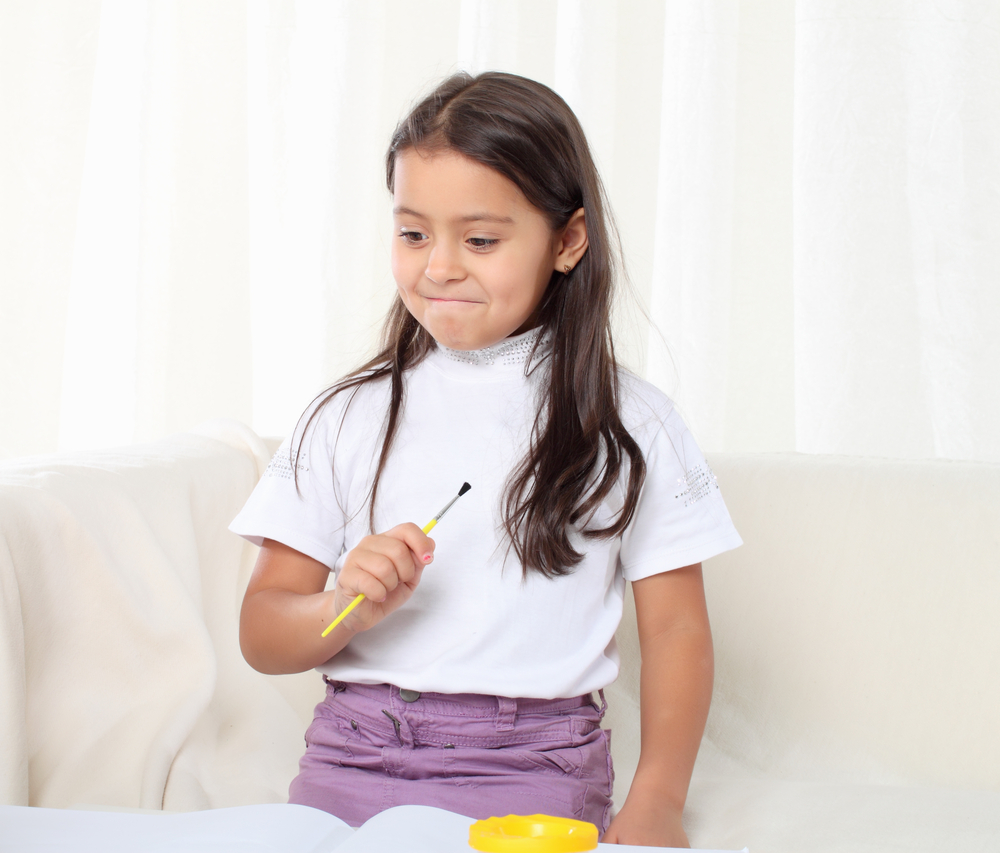
Tyumentsev/Shutterstock
.
The COVID-19 pandemic spotlights the disproportionate impact of crises on our most vulnerable communities, particularly here in New Mexico. Reports across the country highlight higher rates of infection and mortality in communities of color and those experiencing economic and social challenges. Alongside adults, children and adolescents are facing unique stress and fear associated with these uncertain times and significant disruptions to their lives.

Jason Mallonee
This stress is compounded for youth who may already be affected by other forms of trauma, including forced isolation from family and other trusted adults and peers, oppression-based trauma, and exposure to violence, addiction, poverty and unsafe living conditions. For these young people, the impact of this pandemic may exceed their current capacity to cope, making it even more important for the adults in their lives to respond with compassion and understanding.
As educators, parents and researchers, we know a substantial amount about the long-term impact of trauma on children and adolescents, most notably through the Adverse Childhood Experiences studies. These studies draw a distinct association between cumulative trauma and negative physical and behavioral health outcomes.
The current pandemic provides us with an opportunity to view trauma through an even broader lens. We are in the midst of a magnitude of cumulative, collective and cultural trauma unseen in our generation, and the more effectively we intervene now, the better equipped we will be to offset some of these impacts.
Critical in understanding the impact of COVID-19 on young people is to consider the potential interruption of normative development caused by isolation and social distancing. Adolescent development is punctuated by the key tasks of identity formation, individuation and the navigation of complex emotions, including grappling with social injustices like those emerging from the nation’s pandemic response. Adolescent identity formation encompasses ethnic, cultural, gender, socioeconomic, geographic, civic and political identities, most often shaped by relationships with peers, family and community members.

Anna Nelson
As a young person’s sense of identity strengthens, a natural progression is to explore their sociopolitical stance and sense of resistant capital, or their intuitive knowledge of, experiences with and desire to address social injustice like the disparities in response to COVID-19 for communities of color. Youth can actively engage with online social movements as a platform to express their feelings and to have a positive influence on social transformation, as safe spaces for them to have a voice. Helping to facilitate these opportunities can strengthen identity development in this time of isolation.
Of additional significance is the influence of social distancing on young people’s engagement in traditional and social ceremonies that herald their adulthood. In many cultural traditions, ceremonies can be profound, experiential rites of passage that test young people’s strength and fortitude while celebrating their successes. Other ceremonies include socially endorsed events focused on honoring the accomplishments of youth, including school commencement ceremonies and local and state sports tournaments. All of these abruptly ended in 2020 with the presence of COVID-19.
How to help young people heal
The loss of ceremony and celebration in the lives of young people may increase feelings of diminished motivation, hopelessness, a sense of foreshortened opportunity, such as attending college, and complex grief. One strategy for healing through these losses is to increase young people’s engagement with elders, including having youth teach elders how to utilize technology or elders sharing stories and traditions of resilience during struggles through which they’ve persevered.
The experience of cumulative, collective and cultural trauma in children and adolescents manifests in a variety of ways. Adults may observe young people in their lives becoming increasingly more socially withdrawn, experiencing sleeping, eating and hygiene disruptions, anxiety, difficulty communicating needs, emotional dysregulation, and dissociation or detachment.
These often result from a lost sense of control and purpose, a shaking up of the beliefs that a young person holds true, and a diminished sense of safety and security. Developmentally, young people may not have the words or concepts to express what they are experiencing, leaving it up to the adults in their lives to help them make meaning from their experiences and to develop effective coping strategies.
In these times, the best thing we all can do is approach one another with empathy and compassion. Where children and adolescents are feeling isolated, the use of technology or safe social distancing strategies can help them to connect with their peers and feel less alone. Framing conversations with children in positive terms can help this pandemic feel less catastrophic and instill a sense of hope and control.
Instead of belaboring the restrictions and limitations we are all experiencing, reframe these as opportunities to be proactive and make decisions that help keep everyone safe and healthy. For children receiving mental health treatment, utilizing telehealth, electronic communication and phone calls can help maintain a sense of connection with providers.
Attending to the developmental needs of children and adolescents, maintaining structure with flexibility, and creating predictability in life and routines can help minimize the impact of disruptions related to COVID-19 and reinforce that together, we will get through this. While routine is critical, opportunities to provide youth with voice and choice in their daily lives is equally vital.
Introducing a practice of mindfulness or fostering creative outlets to focus energy may also help increase one’s capacity to weather the storm. These can include deep breathing, progressive muscle relaxation, drawing, painting, gardening, cooking and crafting. Fostering a sense of connection and caring with youth may be the most important step adults can take to help offset the impact of pandemic-related trauma.
Once we are on the other side of this pandemic, it will be important to identify the factors at play that have contributed to the disproportionately greater impact of this pandemic on our most vulnerable. Hopefully, instead of returning to normal, we can create stronger communities here in New Mexico and across the country with safeguards in place to equal the playing field and leave no one group of people more susceptible to traumas that result from local, community, national or world crises. We will also undoubtedly discover more about the resiliency of youth and their communities and glean lessons that will help mitigate the impact of traumas like these in the future.
Jason Mallonee, DSW, LCSW, has worked in the fields of education and social work for the past 14 years. He joined the faculty at New Mexico State University’s School of Social Work in 2019 and recently graduated from the University of Pennsylvania with a doctorate in clinical social work.
A helping professional and educator for 26 years, Anna Nelson, LCSW, is an assistant professor of social work at New Mexico State University’s School of Social Work, with clinical expertise in adolescent behavioral health, oppression-based trauma and anti-oppressive social systems transformation.
























